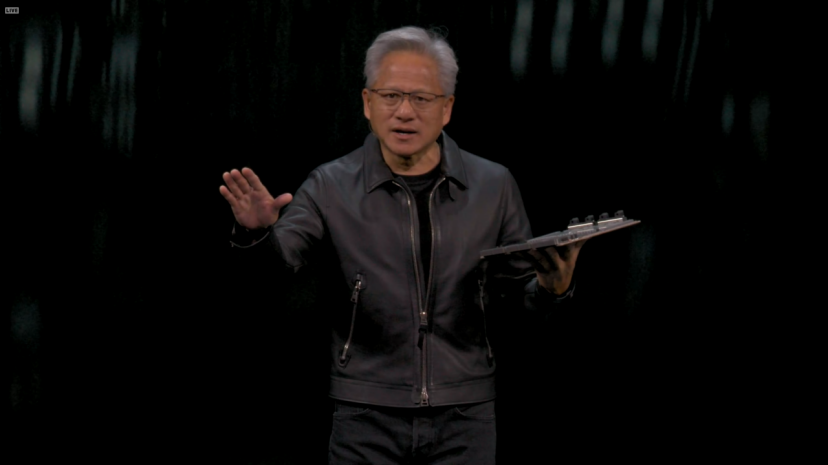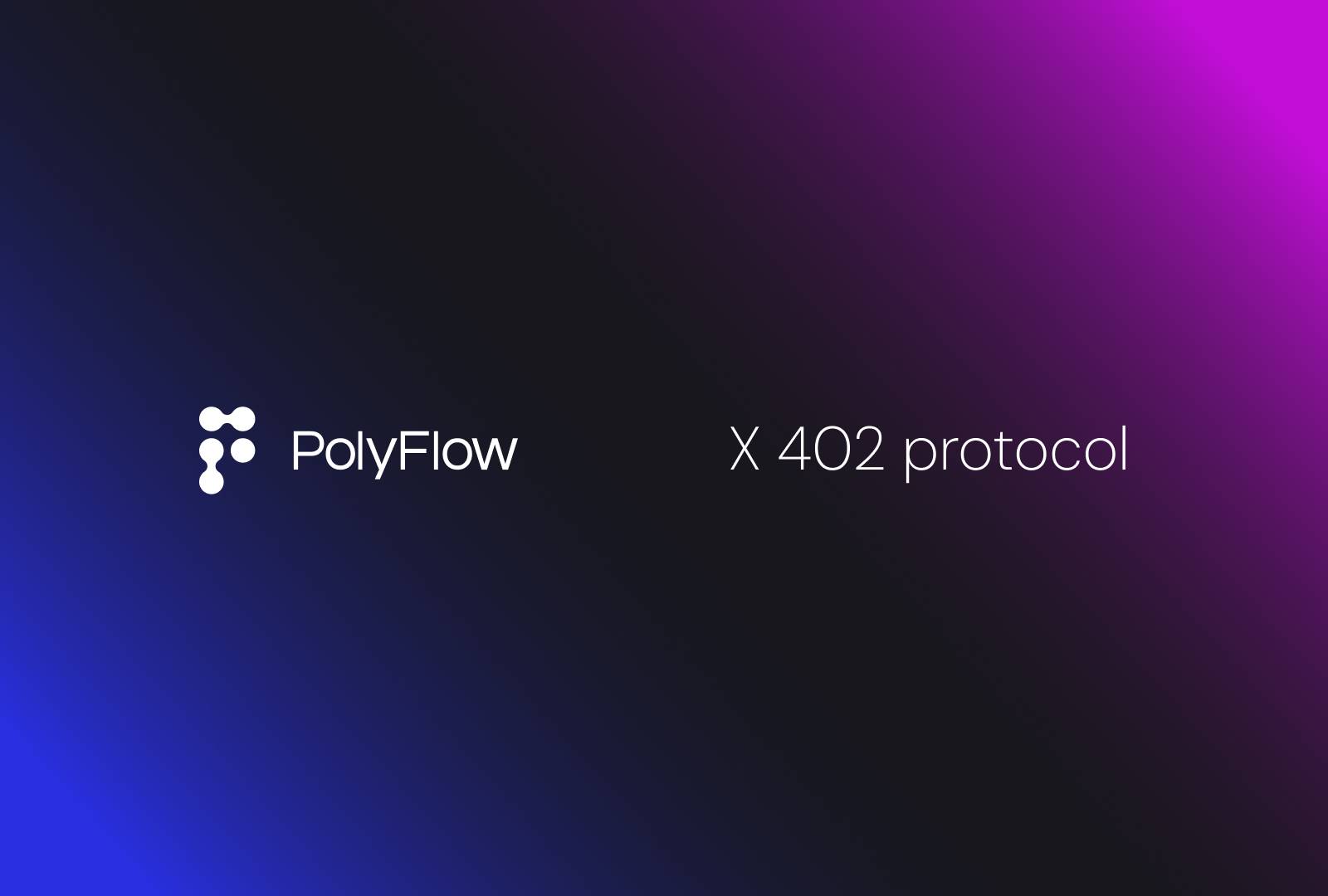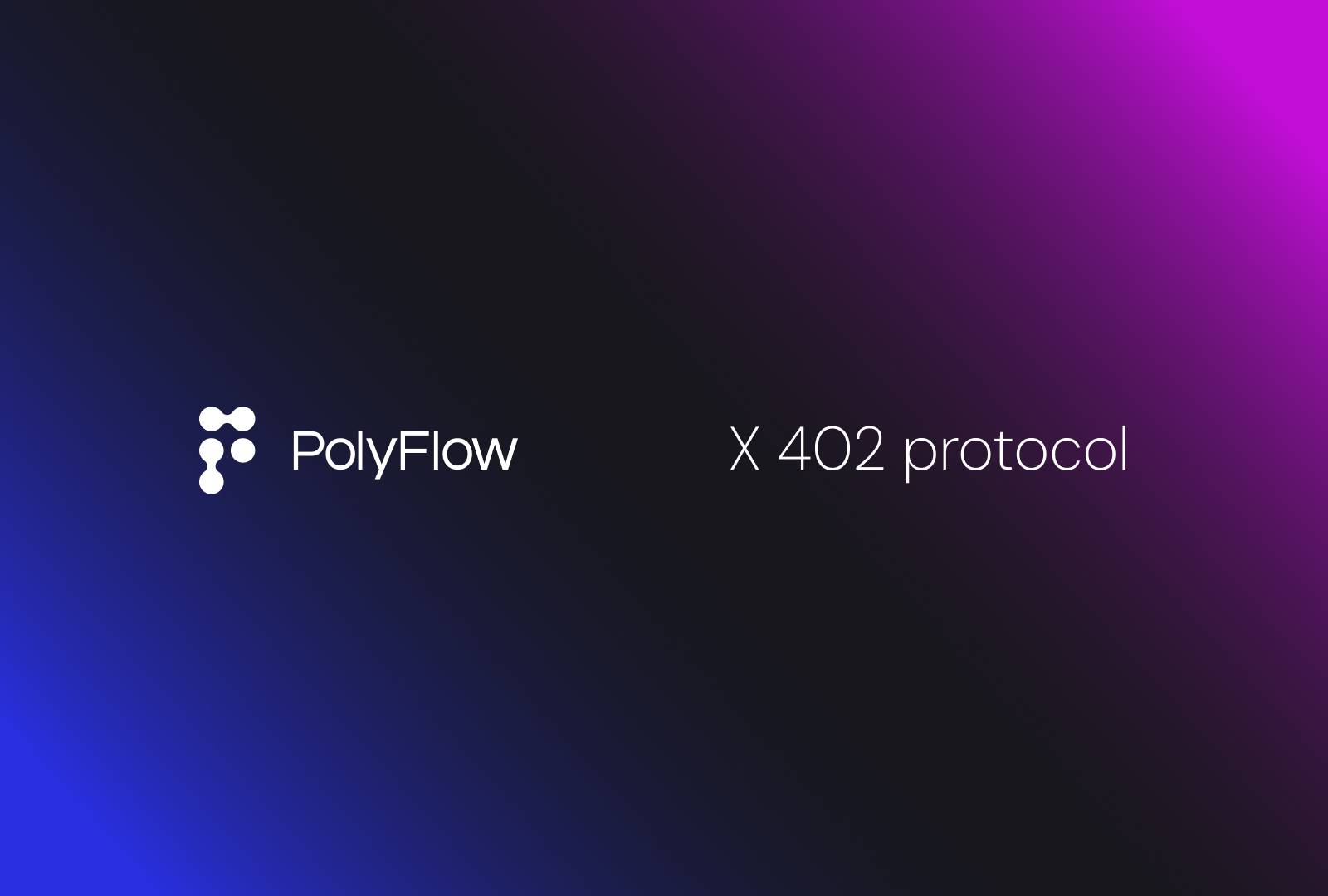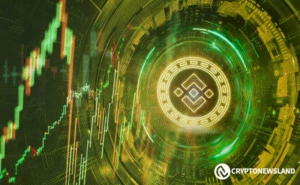Tesla (TSLA.US) Robotaxi Officially Opens to the Public! Musk’s “Vision” Finally Realized
According to Jinse Finance, Tesla (TSLA.US) has announced that its Robotaxi application is now open to the public. This move means the company will soon expand the service from a small group of early experience users in Austin, Texas, to a broader audience.
On Wednesday evening, the official account of Tesla's Robotaxi project posted on social platform X, announcing that the ride-sharing app is "now open to all users." Previously, the service was mainly limited to investors and social media bloggers.
The post included a download link to Apple’s App Store and prompted users to join the waiting list by downloading the app. This public launch aligns with Tesla CEO Elon Musk’s previous prediction—that the app would be released to the public in September.
Investors have been closely watching whether Tesla can rapidly scale up its highly anticipated Robotaxi service in Austin and other regions. Currently, Musk and Tesla are increasingly focusing on autonomous driving technology and artificial intelligence. In June this year, Tesla launched the service to a small group of users in Austin, deploying about 10 to 20 Model Y SUVs; subsequently, the company introduced a similarly named ride-sharing service in the San Francisco Bay Area, but this version does not yet have autonomous driving capabilities.
It is still unclear whether users can access the service in both Austin and the San Francisco Bay Area, but the app’s terms of service already list special clauses for users in California.
Tesla has also introduced a "Good Conduct Policy," requiring users to agree to a series of terms, including "behave as if your mother is supervising" and "keep things tidy." The terms further specify that users over 18 can ride alone, while children under 13 are not allowed to use such vehicles.
Regulatory Barriers Remain
Currently in Austin, Tesla is the second company to offer autonomous ride-sharing services. Previously, Waymo, in cooperation with Uber Technologies (UBER.US), had already launched related services locally. Austin has become a testing ground for autonomous vehicles for several companies; in addition to Tesla, Volkswagen Group’s ADMT, Avride, and Zoox are also conducting tests there.
During Tesla’s investor call in July this year, Musk stated that the company plans to expand Robotaxi services to Arizona, Florida, and Nevada in the future. Tesla has already applied for permits to test and deploy autonomous vehicles in Arizona and has had preliminary discussions with officials in Nevada. However, Tesla still faces varying degrees of regulatory hurdles in different states; in addition, to launch its "Cybercab" model—designed specifically for autonomous driving, with no pedals or steering wheel—the company must obtain special approval from the U.S. federal government.
In June this year, the U.S. National Highway Traffic Safety Administration (NHTSA) announced that it had begun investigating several accident videos recorded and exposed by early experience users. The videos showed that as early as the first day of Robotaxi service operation, there were instances of these vehicles speeding and violating traffic regulations in the Austin area.
In Austin, Tesla’s autonomous vehicles are currently monitored by a safety supervisor sitting in the passenger seat, who can operate a dedicated button to stop or pull over the vehicle. Recently, the service has been extended to highway sections; Tesla stated that to ensure safety, the safety supervisor will move to the driver’s seat when driving on highways.
Meanwhile, in the San Francisco Bay Area, Tesla’s current ride-sharing service uses a supervised version of the "Full Self Driving Software"—which essentially remains an advanced driver-assistance system (ADAS), not fully autonomous driving technology. To launch a truly autonomous ride-sharing service in California, Tesla must obtain relevant permits from the California Department of Motor Vehicles and the California Public Utilities Commission.
Disclaimer: The content of this article solely reflects the author's opinion and does not represent the platform in any capacity. This article is not intended to serve as a reference for making investment decisions.
You may also like
Give Nokia 1 billion, Jensen Huang wants to earn 200 billions
Jensen Huang unveiled some major announcements at the 2025 GTC.

When AI Agents Learn to Make Autonomous Payments: PolyFlow and x402 Are Redefining the Flow of Value on the Internet
x402 has opened the channel, while PolyFlow extends this channel to the real business and AI Agent world.

PolyFlow integrates x402 protocol to drive the next-generation AI Agent payment revolution
PolyFlow's mission is to seamlessly connect traditional systems with the intelligent world through blockchain technology, gradually reshaping everyday payments and financial activities to make every transaction more efficient and trustworthy—making every payment more meaningful.

BNB Price Chart Targets $10,000 as Macro Bull Run Strengthens in 2025

